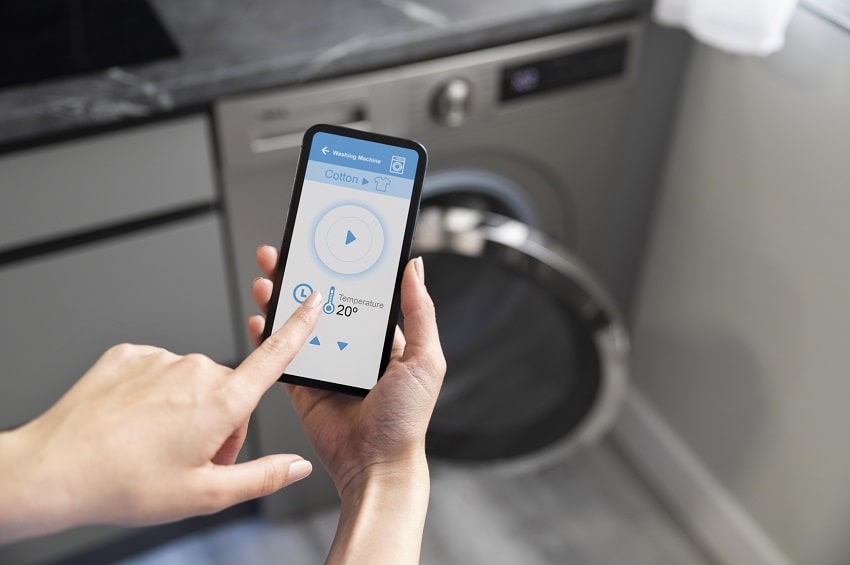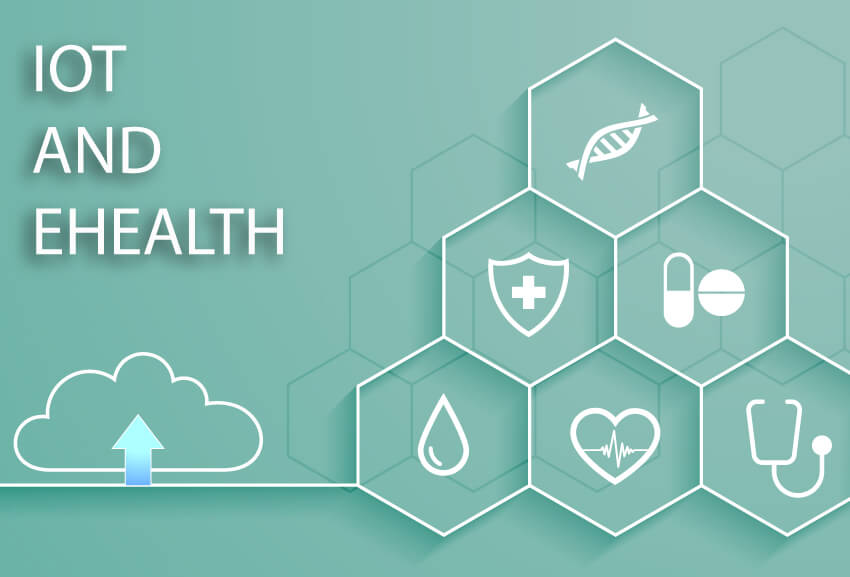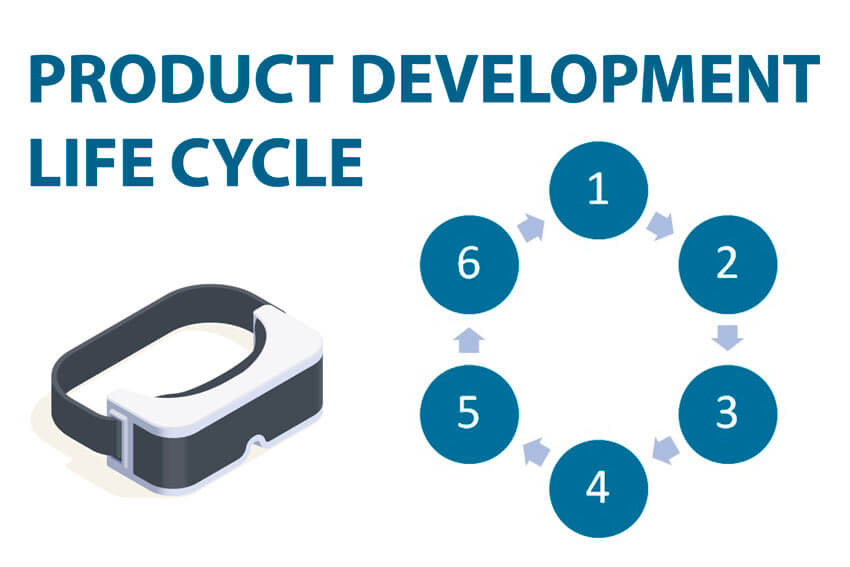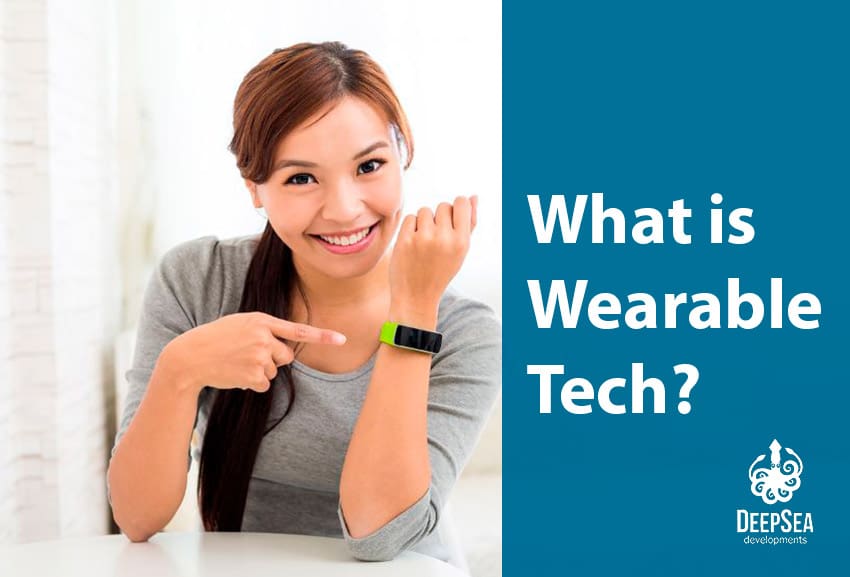If you are curious about IoT sensors, it means you are interested in how Internet of Things devices work, or you are thinking about building your own product with the help of electronic product development. No matter the case, we want to talk about the best IoT sensors and how they can benefit your IoT device.
What is an IoT sensor?
IoT sensors are small, connected devices that are used to measure and transmit specific data from a physical device to a computer, app, or software, they enhance the IoT importance in general.
The data these sensors can gather and deliver may be temperature, humidity, pressure, light, motion, among others. These sensors are an essential component of the IoT ecosystem, as they allow devices to interact with their surroundings and make data-driven decisions.
Examples of sensors in IoT
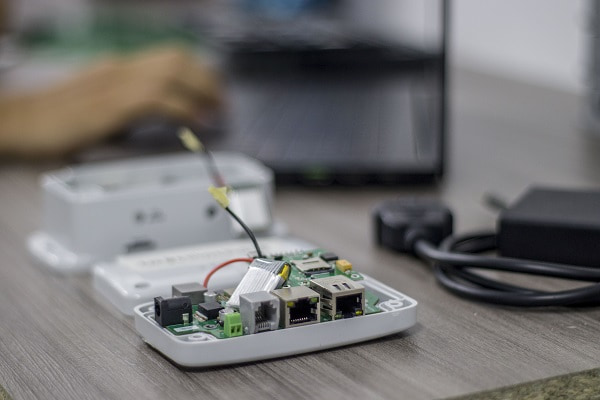
Wearable devices bring sensors, they have interesting properties that allow them to measure the blood oxygen, body temperature, burned calories, heart rate, among others. Without IoT sensing, the smart bands or smart watches lose their main features, which are related to vital signals tracking and monitoring.
For example, there is a new market for thermal cameras, in fact, at DeepSea Developments we developed one called TermoDeep, and they, of course, use IoT temperature sensors.
Depending on the device you are planning to build, you will have different options of IoT temperature sensors. You need to analyze how accurate you need it to be, its performance, power consumption, and measurement range.
IoT sensors technology benefits
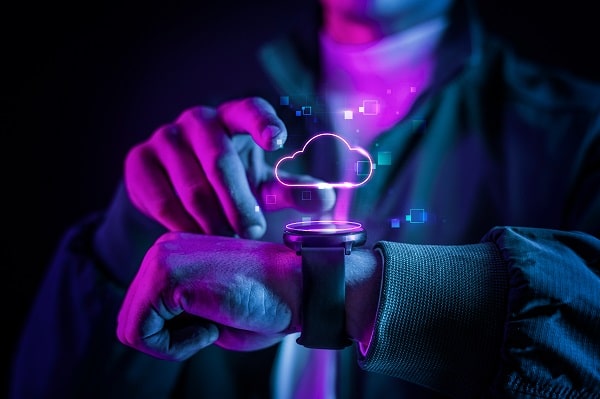
One of the primary advantages of IoT sensors is their ability to transmit data wirelessly. This means they can be placed in remote or hard-to-reach locations and still transmit data back to a central hub or cloud server.
IoT sensing is what makes it easier to collect data from a wide range of sources, which can then be analyzed to improve processes according to the sector where they are being used.
Data from sensors is what makes possible the growth of IoT analytics in the industry, since all the information that is constantly collected is useful for improving the different operations of companies.
Data sensors are highly required by businesses that depend on metrics to operate well and to make incremental improvements. You need to consider the best IoT protocols that may enhance the performance of your device and use them.
Another benefit of IoT sensors is the possibility of analyzing the environment with ease. They can be used in smart homes, agriculture, healthcare, manufacturing, and transportation. For example, Internet of Things sensors can be used in a smart home system to monitor the temperature and humidity of a room, even the air quality. Another case of IoT sensing is in factories to track the temperature and pressure of machinery. This can prevent potential failures or accidents that affect people’s lives.
In agriculture, wireless IoT sensors can be used to monitor soil moisture and crop growth, and improve the water cycles accordingly.
IoT sensors and devices connection
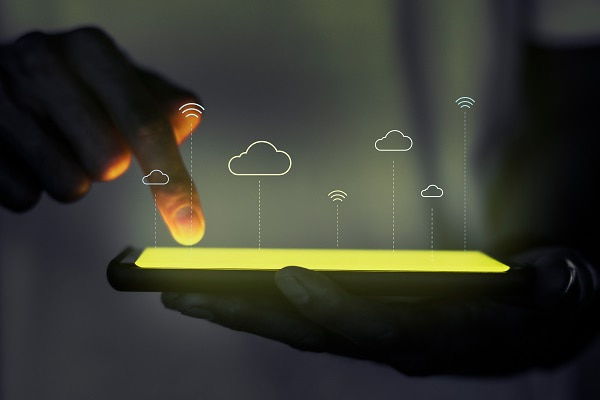
One of the main challenges of using IoT sensors and devices is ensuring that they are able to transmit data reliably and consistently. Nowadays, companies, hospitals, and people rely on IoT products to gather information constantly. What if there is a bug in firmware, or some components of IoT sensors fail?
IoT sensing technology usually relies on batteries for power, which can be a limiting factor in terms of the sensor’s lifespan and the frequency with which the battery needs to be replaced. Some sensors use solar energy or other alternative energy sources to extend their lifespan and reduce the need for maintenance (see IoT for smart grid).
There will always be the risk of hacking when talking about Internet of Things, so, IoT sensing may be affected by a security risk or errors in the firmware programming. Vulnerabilities can be reduced with the help of a good firmware development company.
Another aspect arises with the growth of AI and Machine Learning, which open the path for new applications and technologies; see future of hardware.
Types of IoT sensors
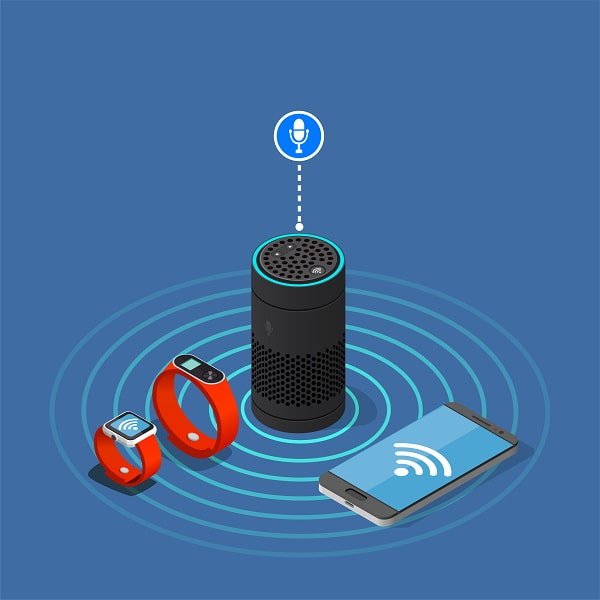
Let’s see some of the best IoT sensors you can consider for your IoT device:
Temperature sensors
These sensors measure temperature and are used in a variety of applications, including temperature control, HVAC systems, and medical devices. They can be used in wearables, healthcare, industry IoT, and smart buildings.
IoT temperature sensors can measure the amount of heat a source is emanating, analyze sudden changes in this source and transform it into data.
Motion sensors
These sensors detect movement in a specific range, and are used in applications such as security cameras, burglar alarms, and wearable fitness devices.
For example, if you are running or jumping, the motion sensor can measure what kind of exercise you are performing, and through the IoT device, provide data to the user in the form of burned calories data.
Proximity sensors
These sensors detect the presence of objects or people and are used in applications such as access control systems, robotics, and automotive safety systems.
Accelerometers
Accelerometers can detect the level of acceleration and changes in gravity of an object. They are usually installed in airplanes and fleets.
Another common use of this technology is for smartphones. The accelerometer detects for example if your phone is in vertical or horizontal position, and then, it adapts the image of the phone according to that.
Gyroscope
This kind of sensor is mostly used in smartphones, they can measure and maintain the orientation and angular speed of an object. They are more accurate than accelerometers, since they can measure tilt and lateral orientation.
Of course, there are other types of gyroscopes, with different sizes and applications in aircrafts, car navigation systems, robots, digital cameras, mobile games, among others.
Humidity sensors
These sensors measure the moisture in the air. They are used in heating, vents, and air conditioning systems. Common applications of IoT humidity sensors are weather monitoring, indoor air quality monitoring for hospitals, hotels, and smart homes.
Pressure sensors
These sensors measure pressure changes in gas and liquids. When there is variation in pressure, the sensor sends the information to the IoT device, and this information is shown in an app or software, letting people in charge know about sudden changes.
This type of IoT sensor can be used for smart water management in the monitoring of potential leaks of liquid in any facility’s water system or container.
Light sensors
These Internet of Things sensors measure the intensity and color of light, and they are used in applications such as lighting control, security systems, and agriculture.
They are very useful devices for adapting to your IoT solution if you need to monitor light conditions in different environments.
Optical Sensors
Optical sensors can detect several changes of light such as intensity, wavelength, frequency, and polarization.
These sensors are very popular in the mobility industry, especially for cars with self-driving features. Also, optical sensors are used in smart phones for regulating the intensity of light the phone is receiving, either for taking a picture or for regulating the brightness of the screen automatically when the person is outside or inside a building.
Optical sensors help IoT products to save energy, since they adjust the amount of light they will use to display information for its user.
Infrared Sensors
These IoT sensors emit infrared light that allows them to identify their surroundings. They can also detect and analyze the heat emitted by objects, animals, or human beings.
Infrared sensor applications are common in health devices, and wearables, since they allow the user to know his blood flow and blood pressure. If you have a smartwatch or smart band, it probably has an infrared sensor.
Do you want to develop an IoT device?
Bear in mind that every sensor mentioned in this article has special features that will add value to your project. Whether you need to build new products, or update IoT devices, you can count on our IoT product development services, you will get the best consultants on IoT sensors, IoT design, prototyping, and development, click on the button below to know more.

